Public History Projects
Portfolio of Public History Projects
These are some highlights of the various projects our Public History faculty, students, and alumni have taken part in community and professional engagement. A more comprehensive listing of projects may be found here.
Chicago Covenants Project
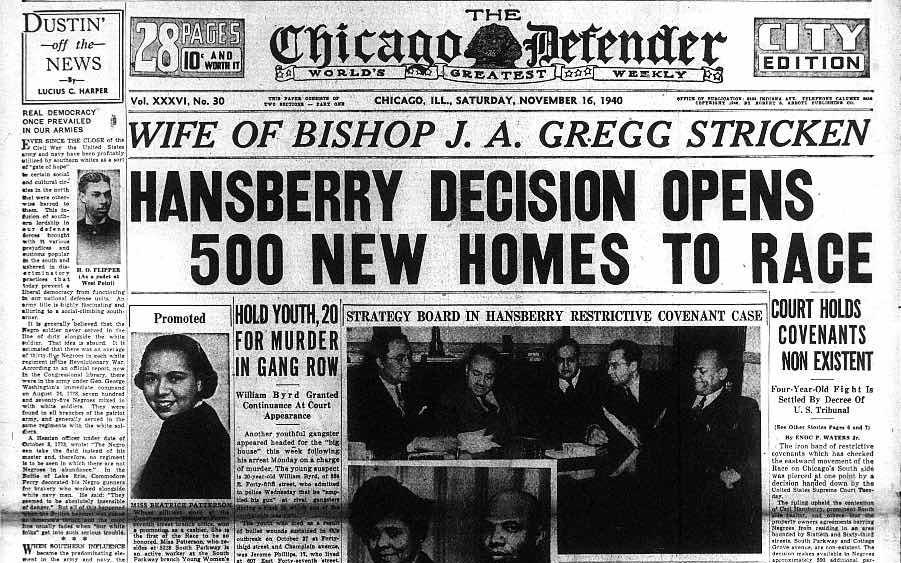
This is a joint project in partnership with Virginia Tech University scholar LaDale Winling, the Newberry Library, and WBEZ (Chicago public radio). A Loyola graduate research assistant will guide and coordinate the work of volunteers to research and locate racially restrictive covenants in the Tract Department of the Cook County Clerk’s office. This will involve will involve record keeping, the creation of training materials, recruitment of volunteers and maintaining communication with them, and the leading of research events throughout the year.
Racial covenant documents are numerous, with estimates in the hundreds covering up to 80% of Chicago’s housing in the 1940s. These documents are notoriously difficult to locate because they are largely still in analog format. Only a few researchers have tried since the 1940s when a coalition of lawyers and scholars, including Chicago attorney Loring Moore and economist Robert Weaver, worked with the NAACP’s Thurgood Marshall to document covenants in preparation for the Supreme Court cases resulting in Shelley v. Kraemer.
Our effort will be a crowdsourced research and transcription process that will locate and digitize these covenants by marshalling a new civic energy that works to expose the racially discriminatory aspects of our housing market.
Forest Preserve District of Cook County
Review of Forest Preserve Site Names with a Racial Equity, Cultural Sensitivity, and Inclusion Lens
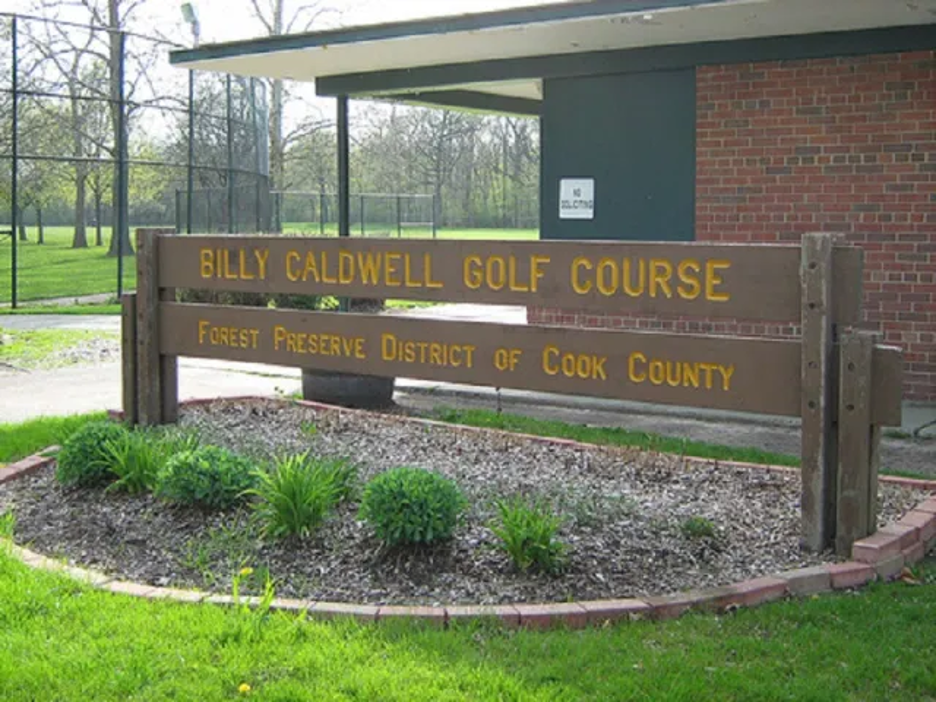
In summer 2021 Loyola public history faculty and students began a systematic review of 284 Cook County Forest Preserve District site names for issues of racial or cultural insensitivity.
FPDCC Interpretative Signage
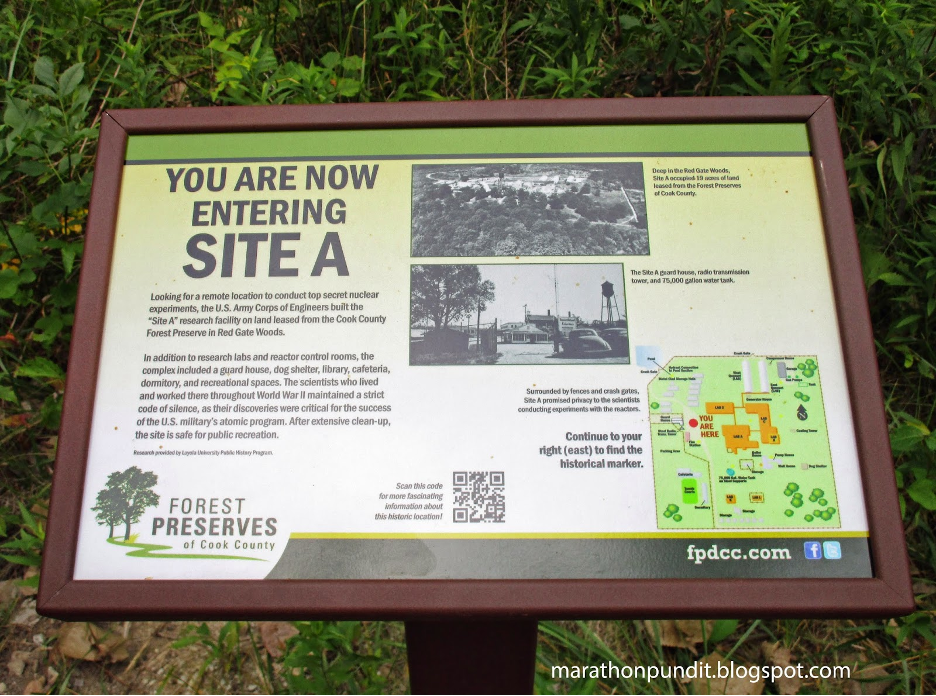
Under contract with the Cook County Forest Preserve District Loyola public historians researched the historical background of a variety of preserves and nature center’s to improve signage and exhibits at these sites. The projects included Caldwell Woods, Bunker Hill, Maple Lake, Red School House, Green Lake, Eggers Woods, and Sand Creek Nature Center.
Suffrage 2020 Illinois
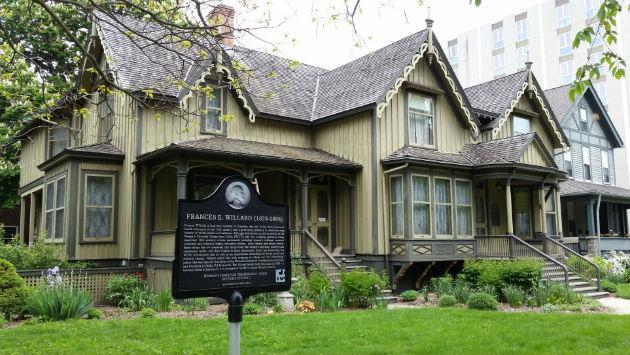
Lori Osbourne (MA, Public History 2004) is the Director of the Frances Willard House Museum and Executive Director of the Center for Women's History and Leadership. She describes her ongoing partnership with the Public History program:
"The Frances Willard House Museum has partnered with the Loyola History Department on several mutually beneficial projects in recent years. Several Loyola undergrad and grad students have held internships and staff positions with the museum, and we have successfully partnered on several projects with public history classes. In 2017, Loyola students in the Introduction to Museums class created a draft version of what became our Award-Winning website - Truth Telling: Frances Willard and Ida B. Wells. This past year, in commemoration of the 100th anniversary of the 19th amendment, graduate students wrote blog posts that further illuminated the story of the suffrage movement in Illinois for the Suffrage 2020 Illinois website. In both instances, Loyola students and faculty brought ingenuity and intelligence to projects that illuminated history in new ways - giving students real world experience while helping us reach new audiences and tell larger stories than we could on our own."
Chrysler Village Neighborhood History Project
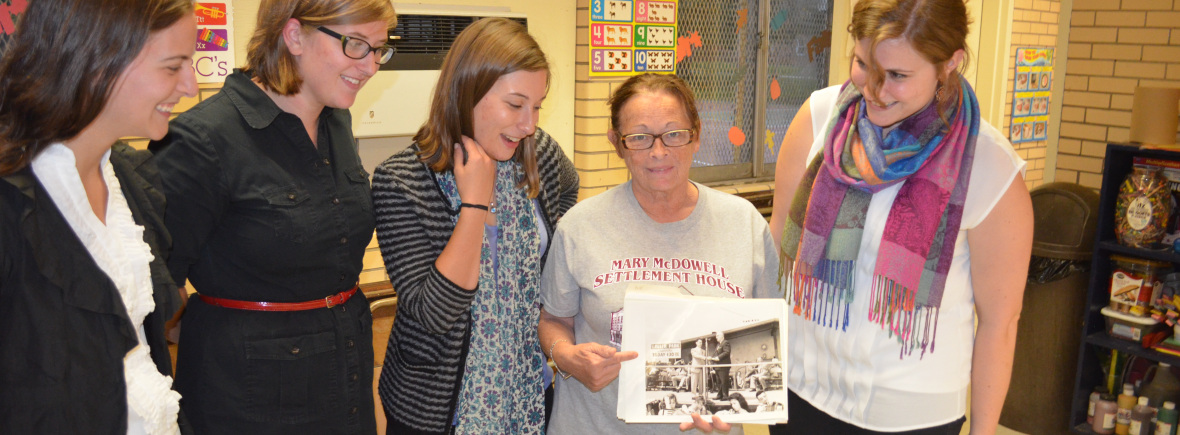
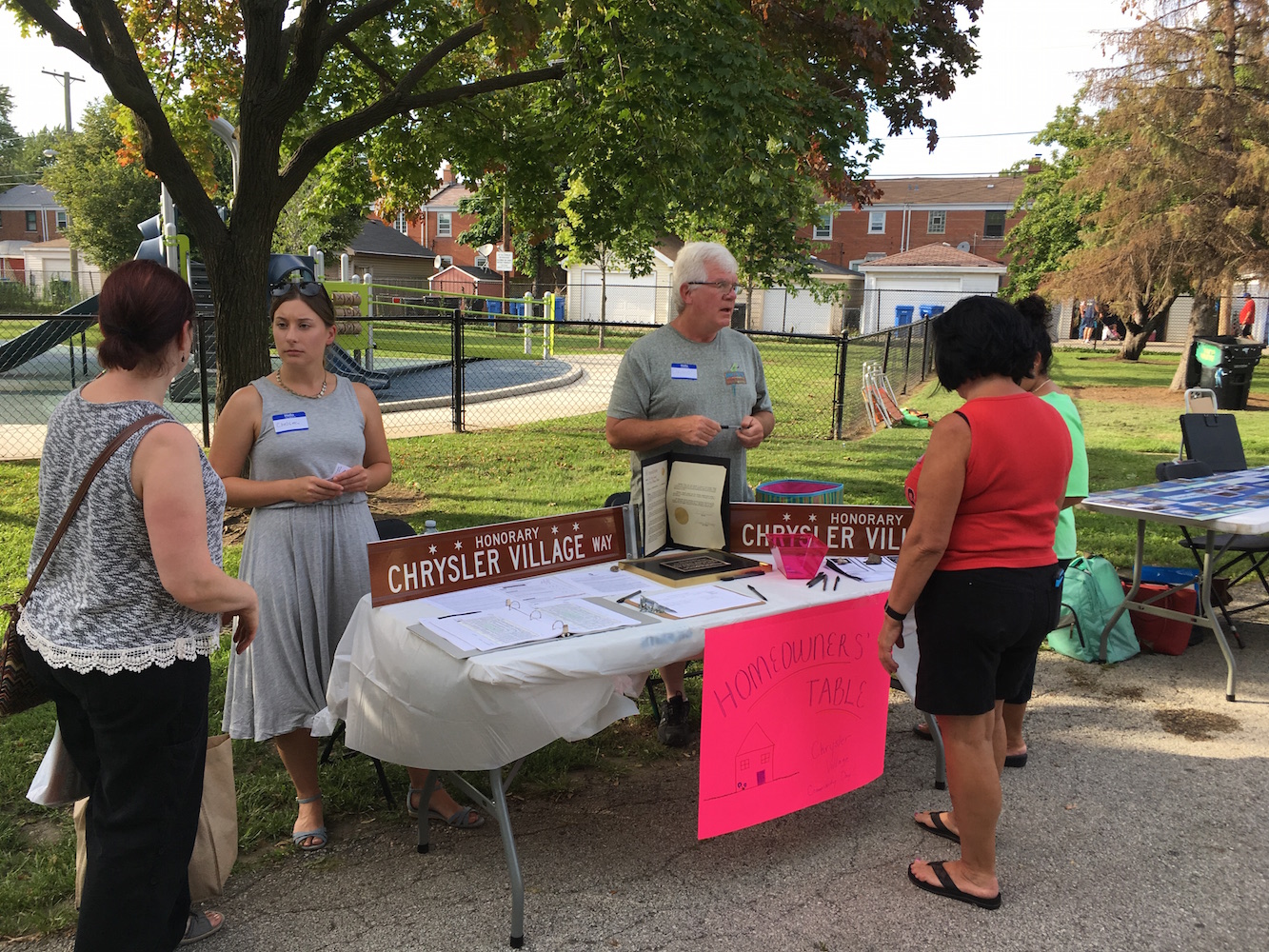
The Chrysler Village Neighborhood Project began in 2013 when public history students wrote a National Register nomination for this historic district originally created in the 1940s to house wartime factory workers. The partnership continued for several semesters through oral history projects and a community festival. Read a story about public history students' experiences with the project and how they helped organize Chrysler Village's first annual Community Fest here.
Chicago Community Trust Oral History Program
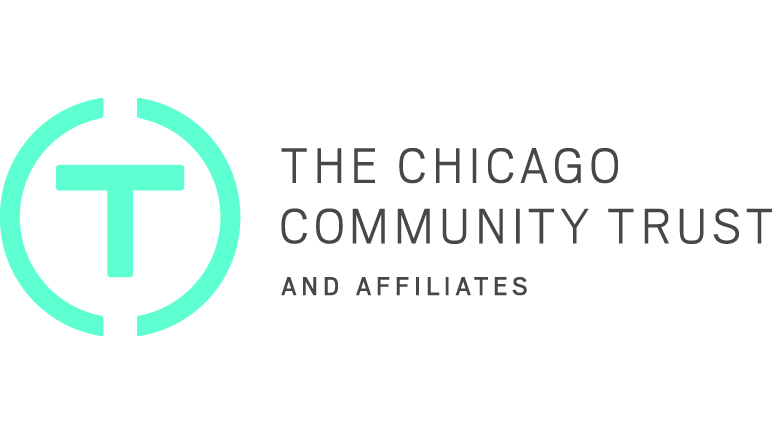
Elizabeth Fraterrigo directed The Chicago Community Trust Oral History Project from 2012-2015. As consultants to the Trust, Fraterrigo and Loyola public history graduate students researched the history of urban philanthropy and conducted and edited oral history interviews to document the philanthropic efforts and inner workings of one of the nation’s oldest and largest community foundations.
Erie Street Neighborhood Settlement House
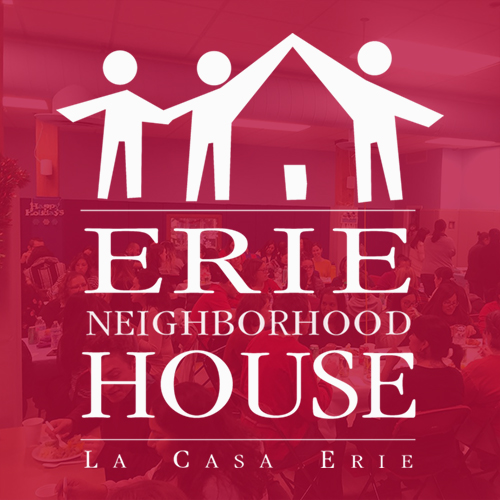
Multiple cohorts of public history students collaborated with the Erie Neighborhood House (EHN) to provide historical research that the organization then used to secure funding opportunities. Among projects conducted by Intro to Public History, Museum Management, and Oral History classes included conducting oral histories, creating fundraiser proposals, and assembling content that would eventually be published for ENH’s website.
Public History PhD alumna Catherine Maybrey speaks to this project’s influence on her own career path: “Working with Erie Neighborhood House was an excellent opportunity to apply my public history skills. Aside from the actual oral history interviews, it gave me a chance to better understand and appreciate the ways that history intersected with other industries. In this case, it coincided quite closely with fundraising initiatives to support their settlement services…. My experience with Erie Neighborhood House was one of the deciding factors in helping me get my first professional job outside of academia... as the Education & Training Advisor for a settlement organization here in Southern Ontario.”
Chicago Maritime Museum
.jpg)
The Public History Program’s longest sustained involvement with any organization has been its support of the Chicago Maritime Museum. In 1981 our first public history intern did a survey of existing collections in Chicago that held maritime history artifacts. At that point, the idea of a maritime museum at Navy Pier was in the talking stage. That internship was followed by Dr. Karamanski joining the initial Board of Directors for the Chicago Maritime Society (CMS). In 1984 Loyola secured an Illinois Humanities Council (IHC) grant to host the Chicago's Maritime Heritage Conference which was held at Lake Shore Campus and attracted scholars and teachers from a three-state area. To facilitate further study of Chicago’s waterways Dr. Karamanski and public history student Joel Mendes edited The Maritime History of Chicago: A Guide to Sources, which became the Maritime Society’s first publication. Joel Mendes and Loyola also played a lead role in the production of Shaping the Waterways video documentary of Chicago maritime history. In 1985 and 1986 the program organized and hosted the Chicago Maritime Folk Festival that featured musical performances, exhibits, and craft activities. The festival went for a successful annual run of more than two decades at the Chicago History Museum. Another notable musical-historical production was graduate student Melinda Campbell’s production of “Work and the Waterways: An Aural History of Midwestern Workers” which in 1988 premiered on Public Radio International. An audio cassette of the show with a teacher’s activity kit was distributed to Chicago area educators with the help of the IHC.
When the Chicago Maritime Society opened a museum at North Pier Terminal in 1988 Loyola students and faculty provided historical content for the opening exhibit “Port to Port: 300 Years of Shipping on the Great Lakes.” Public history student Joanne Grossman (Murray) was particularly engaged with the new museum. For Christmas 1989 she prepared a seasonal exhibit “The Saga of the Christmas Tree Ships.” Later that year students in the historic preservation class prepared a special report for the museum and the Illinois State Office of Historic Preservation on maritime cultural resources in the Chicago area. This was later published as Historic Lighthouses and Navigation Aids on the Illinois Shore of Lake Michigan, by Karamanski and Grossman.
In 1991 financial problems forced the closure of the first maritime museum. The Chicago Maritime Society was reborn later that year with a new board of directors at a meeting hosted by the Public History Program. In the years that followed faculty and students remained engaged helping the society function as a “museum without walls” and by assisting in the curation its collection in storage. This resulted in the exhibit "Freshwater Flattops: Lake Michigan's World War II Aircraft Carriers," that was at Navy Pier 1991-1992 as well as many internships. Graduate student Ariel Orlov spearheaded the “Chicago Schooner Project” that pulled together research materials on Lake Michigan sailing ships. This research was to be used for an exhibit but did later reach the public through Dr. Karamanski’s book Schooner Passage: Sailing Ships and the Lake Michigan Frontier (2000). That same year Dr. Karamanski teamed with CMS President Deane Tank to pen Maritime Chicago (2000).
In 2016 a new Chicago Maritime Museum opened on the banks of a branch of the Chicago River. Loyola faculty helped with the content of the permanent exhibit and Loyola graduates have assisted in docent training at the new facility. As the museum grows in size and programs, we expect that Loyola will remain engaged as needed.
--> Continue to Testimonials
Return to Landing Page
Portfolio of Public History Projects
These are some highlights of the various projects our Public History faculty, students, and alumni have taken part in community and professional engagement. A more comprehensive listing of projects may be found here.
Chicago Covenants Project

This is a joint project in partnership with Virginia Tech University scholar LaDale Winling, the Newberry Library, and WBEZ (Chicago public radio). A Loyola graduate research assistant will guide and coordinate the work of volunteers to research and locate racially restrictive covenants in the Tract Department of the Cook County Clerk’s office. This will involve will involve record keeping, the creation of training materials, recruitment of volunteers and maintaining communication with them, and the leading of research events throughout the year.
Racial covenant documents are numerous, with estimates in the hundreds covering up to 80% of Chicago’s housing in the 1940s. These documents are notoriously difficult to locate because they are largely still in analog format. Only a few researchers have tried since the 1940s when a coalition of lawyers and scholars, including Chicago attorney Loring Moore and economist Robert Weaver, worked with the NAACP’s Thurgood Marshall to document covenants in preparation for the Supreme Court cases resulting in Shelley v. Kraemer.
Our effort will be a crowdsourced research and transcription process that will locate and digitize these covenants by marshalling a new civic energy that works to expose the racially discriminatory aspects of our housing market.
Forest Preserve District of Cook County
Review of Forest Preserve Site Names with a Racial Equity, Cultural Sensitivity, and Inclusion Lens

In summer 2021 Loyola public history faculty and students began a systematic review of 284 Cook County Forest Preserve District site names for issues of racial or cultural insensitivity.
FPDCC Interpretative Signage

Under contract with the Cook County Forest Preserve District Loyola public historians researched the historical background of a variety of preserves and nature center’s to improve signage and exhibits at these sites. The projects included Caldwell Woods, Bunker Hill, Maple Lake, Red School House, Green Lake, Eggers Woods, and Sand Creek Nature Center.
Suffrage 2020 Illinois

Lori Osbourne (MA, Public History 2004) is the Director of the Frances Willard House Museum and Executive Director of the Center for Women's History and Leadership. She describes her ongoing partnership with the Public History program:
"The Frances Willard House Museum has partnered with the Loyola History Department on several mutually beneficial projects in recent years. Several Loyola undergrad and grad students have held internships and staff positions with the museum, and we have successfully partnered on several projects with public history classes. In 2017, Loyola students in the Introduction to Museums class created a draft version of what became our Award-Winning website - Truth Telling: Frances Willard and Ida B. Wells. This past year, in commemoration of the 100th anniversary of the 19th amendment, graduate students wrote blog posts that further illuminated the story of the suffrage movement in Illinois for the Suffrage 2020 Illinois website. In both instances, Loyola students and faculty brought ingenuity and intelligence to projects that illuminated history in new ways - giving students real world experience while helping us reach new audiences and tell larger stories than we could on our own."
Chrysler Village Neighborhood History Project


The Chrysler Village Neighborhood Project began in 2013 when public history students wrote a National Register nomination for this historic district originally created in the 1940s to house wartime factory workers. The partnership continued for several semesters through oral history projects and a community festival. Read a story about public history students' experiences with the project and how they helped organize Chrysler Village's first annual Community Fest here.
Chicago Community Trust Oral History Program

Elizabeth Fraterrigo directed The Chicago Community Trust Oral History Project from 2012-2015. As consultants to the Trust, Fraterrigo and Loyola public history graduate students researched the history of urban philanthropy and conducted and edited oral history interviews to document the philanthropic efforts and inner workings of one of the nation’s oldest and largest community foundations.
Erie Street Neighborhood Settlement House

Multiple cohorts of public history students collaborated with the Erie Neighborhood House (EHN) to provide historical research that the organization then used to secure funding opportunities. Among projects conducted by Intro to Public History, Museum Management, and Oral History classes included conducting oral histories, creating fundraiser proposals, and assembling content that would eventually be published for ENH’s website.
Public History PhD alumna Catherine Maybrey speaks to this project’s influence on her own career path: “Working with Erie Neighborhood House was an excellent opportunity to apply my public history skills. Aside from the actual oral history interviews, it gave me a chance to better understand and appreciate the ways that history intersected with other industries. In this case, it coincided quite closely with fundraising initiatives to support their settlement services…. My experience with Erie Neighborhood House was one of the deciding factors in helping me get my first professional job outside of academia... as the Education & Training Advisor for a settlement organization here in Southern Ontario.”
Chicago Maritime Museum
.jpg)
The Public History Program’s longest sustained involvement with any organization has been its support of the Chicago Maritime Museum. In 1981 our first public history intern did a survey of existing collections in Chicago that held maritime history artifacts. At that point, the idea of a maritime museum at Navy Pier was in the talking stage. That internship was followed by Dr. Karamanski joining the initial Board of Directors for the Chicago Maritime Society (CMS). In 1984 Loyola secured an Illinois Humanities Council (IHC) grant to host the Chicago's Maritime Heritage Conference which was held at Lake Shore Campus and attracted scholars and teachers from a three-state area. To facilitate further study of Chicago’s waterways Dr. Karamanski and public history student Joel Mendes edited The Maritime History of Chicago: A Guide to Sources, which became the Maritime Society’s first publication. Joel Mendes and Loyola also played a lead role in the production of Shaping the Waterways video documentary of Chicago maritime history. In 1985 and 1986 the program organized and hosted the Chicago Maritime Folk Festival that featured musical performances, exhibits, and craft activities. The festival went for a successful annual run of more than two decades at the Chicago History Museum. Another notable musical-historical production was graduate student Melinda Campbell’s production of “Work and the Waterways: An Aural History of Midwestern Workers” which in 1988 premiered on Public Radio International. An audio cassette of the show with a teacher’s activity kit was distributed to Chicago area educators with the help of the IHC.
When the Chicago Maritime Society opened a museum at North Pier Terminal in 1988 Loyola students and faculty provided historical content for the opening exhibit “Port to Port: 300 Years of Shipping on the Great Lakes.” Public history student Joanne Grossman (Murray) was particularly engaged with the new museum. For Christmas 1989 she prepared a seasonal exhibit “The Saga of the Christmas Tree Ships.” Later that year students in the historic preservation class prepared a special report for the museum and the Illinois State Office of Historic Preservation on maritime cultural resources in the Chicago area. This was later published as Historic Lighthouses and Navigation Aids on the Illinois Shore of Lake Michigan, by Karamanski and Grossman.
In 1991 financial problems forced the closure of the first maritime museum. The Chicago Maritime Society was reborn later that year with a new board of directors at a meeting hosted by the Public History Program. In the years that followed faculty and students remained engaged helping the society function as a “museum without walls” and by assisting in the curation its collection in storage. This resulted in the exhibit "Freshwater Flattops: Lake Michigan's World War II Aircraft Carriers," that was at Navy Pier 1991-1992 as well as many internships. Graduate student Ariel Orlov spearheaded the “Chicago Schooner Project” that pulled together research materials on Lake Michigan sailing ships. This research was to be used for an exhibit but did later reach the public through Dr. Karamanski’s book Schooner Passage: Sailing Ships and the Lake Michigan Frontier (2000). That same year Dr. Karamanski teamed with CMS President Deane Tank to pen Maritime Chicago (2000).
In 2016 a new Chicago Maritime Museum opened on the banks of a branch of the Chicago River. Loyola faculty helped with the content of the permanent exhibit and Loyola graduates have assisted in docent training at the new facility. As the museum grows in size and programs, we expect that Loyola will remain engaged as needed.
